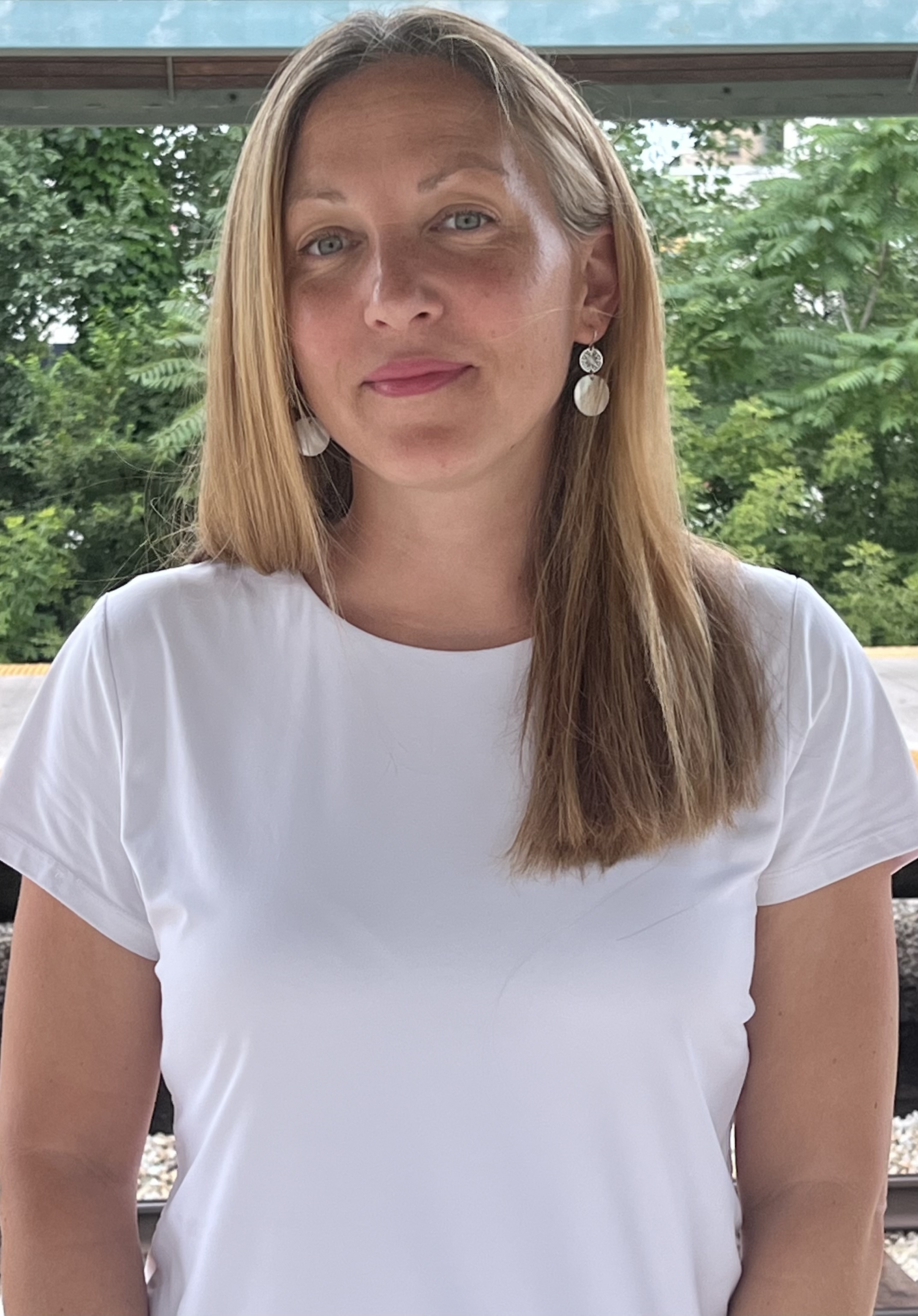
Postdoctoral Fellow in History
Marie Skłodowska-Curie Global Fellow
Postdoctoral Fellow, Department of History, University of Chicago
Postdoctoral Fellow, Department of Cultures and Civilizations, University of Verona, Italy
RESEARCH INTERESTS
visual and material culture; gender history; women and political agency; gender and political decision-making; history of fashion; history of the Republic of Venice; early modern Italian history; early modern European history
BIOGRAPHY
My current Marie Skłodowska-Curie project (2024-26), Objects, Spaces, and Material Culture. Gender and Politics in Early Modern European Republics (Venice, Genoa, XV-XVIII centuries) – acronym OSpaMa – focuses on female presence in republican contexts of the early modern period.
In a world where gender balance in decision-making is still a distant goal, the persistent imbalance of gender representation in decision-making roles echoes an unresolved historical issue. The legacy of excluding women from direct power continues to cast its shadow, often overlooked and underexplored.
In the republican contexts of the early modern period, unlike queens, princesses, and duchesses, the consorts of men in power did not provide heirs to the throne. Therefore, traditional historiography has generally considered their role to be quite marginal, if not entirely irrelevant. My project aims to challenge this notion by utilizing a variety of different sources (written texts, artworks, objects) and an innovative, interdisciplinary methodological approach.
By examining, from a comparative perspective, two Italian republics that maintained their independence until the end of the 18th century (Venice and Genoa), the project will investigate the protagonism of the wives and female relatives of the doges, their relationship networks, the creation and use of gendered spaces, and the acquisition and placement of furnishings in public and private apartments. The aim is to capture the sphere of female influence and agency, the attempts at negotiating power, and the strategies for promoting private and public interests.
During the 2022-23 academic year, I was a postdoctoral researcher at the University of Udine, Italy, working on a project about women's everyday writings (mainly account books) in Venice and the Veneto region during the early modern period.
In 2021, I completed my Ph.D. in History at the University of Pisa with a dissertation on the material culture of the Grimani di San Luca, a prominent family of the Venetian patriciate between the 16th and 17th centuries. Using unpublished written sources, artworks, and objects preserved in museums, my case study aimed to highlight the close connection between people and things in the definition of identity, gender, political careers, as well as family and social relationships, within the distinctive context of the Venetian republic.
The book resulting from my dissertation, titled I Grimani di San Luca: cultura materiale, genere e potere nella Venezia del Cinque e Seicento (Viella, forthcoming), will soon be published
Recent Research / Recent Publications
Artists and Artisans in the Account Books of Marino Grimani, Patrician and Doge of Venice (Late Sixteenth–Early Seventeenth Centuries), in Women Artists and Artisans in Venice and the Veneto, 1400-1750. Uncovering the Female Presence, ed. by T. Cooper, Amsterdam University Press, in press
Who Was Pompeo Caimo’s Library Intended For? Family Use and Public Endowment of a 17th Century Book Collection [with Laura Casella], in Paper Heritage in Italy, France, Spain and Beyond (16th to 19th Centuries). Collector Aspirations & Collection Destinies, Routledge 2024
Vicino nello spazio e distante nel tempo: Venezia e Roma negli abiti pubblici di Cesare Vecellio (1590, 1598), in De re vestiaria. Antichità e moda nel Rinascimento, ed. by D. Acciarino, Anteferma Edizioni, 2022
Vestire e comparire. L’abito della dogaressa Zilia Dandolo Priuli (1556-1566) tra codificazione ed esenzione dalle leggi suntuarie, in Questioni di moda: fonti, storia, iconografia, ed. by A. Zamperini, Il Poligrafo, 2021
La dogaressa Elisabetta Querini Valier (1694-1700) e un’inedita visibilità in Palazzo Ducale a Venezia, in La fama delle donne. Pratiche femminili e società tra Medioevo ed Età moderna, ed. by V. Lagioia, M. P. Paoli, R. Rinaldi, Viella, 2020
 THE UNIVERSITY OF CHICAGO
THE UNIVERSITY OF CHICAGO

